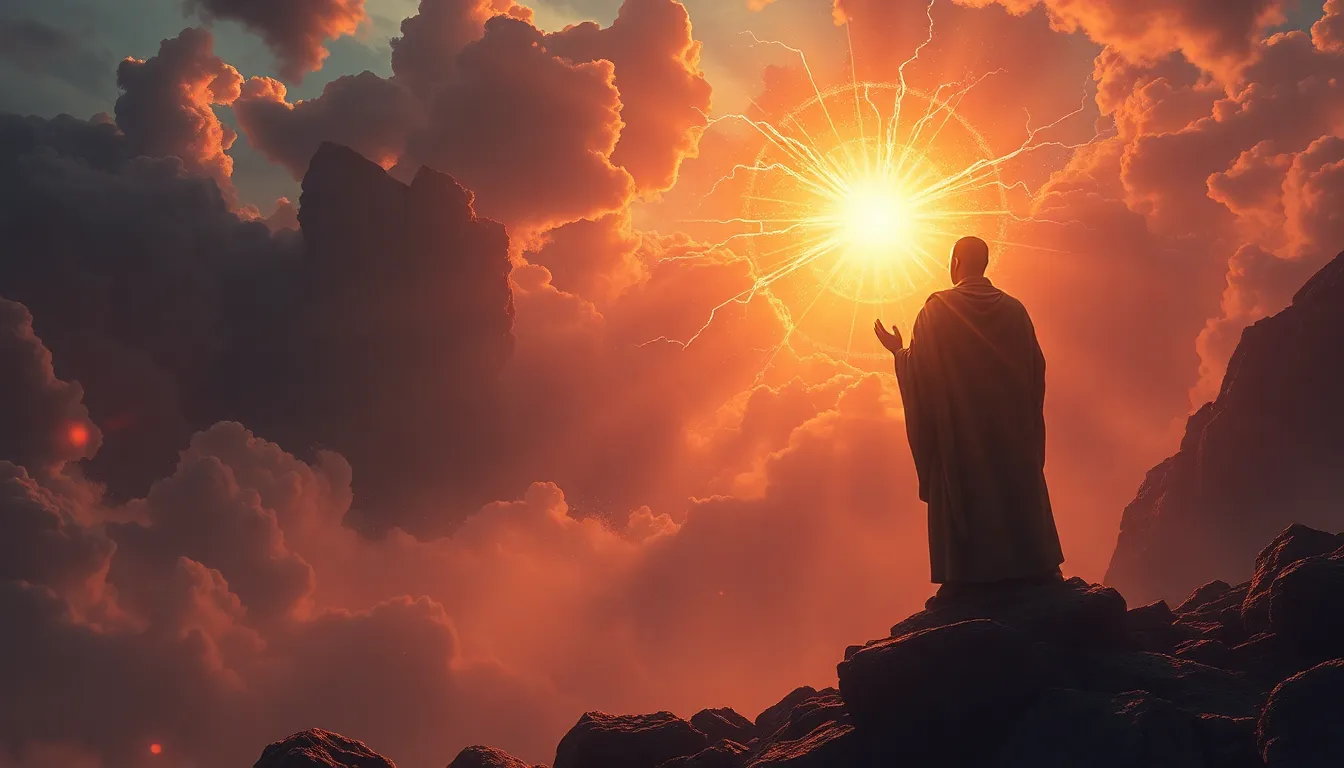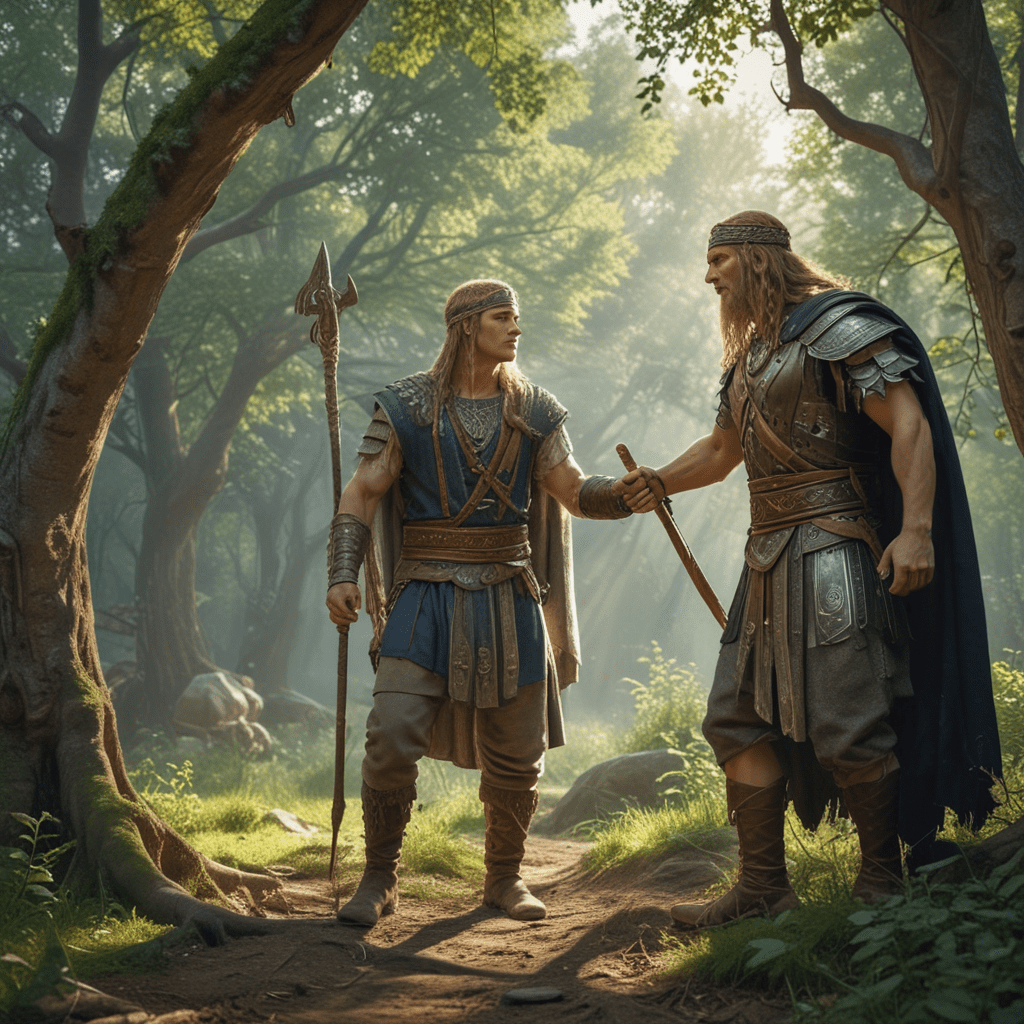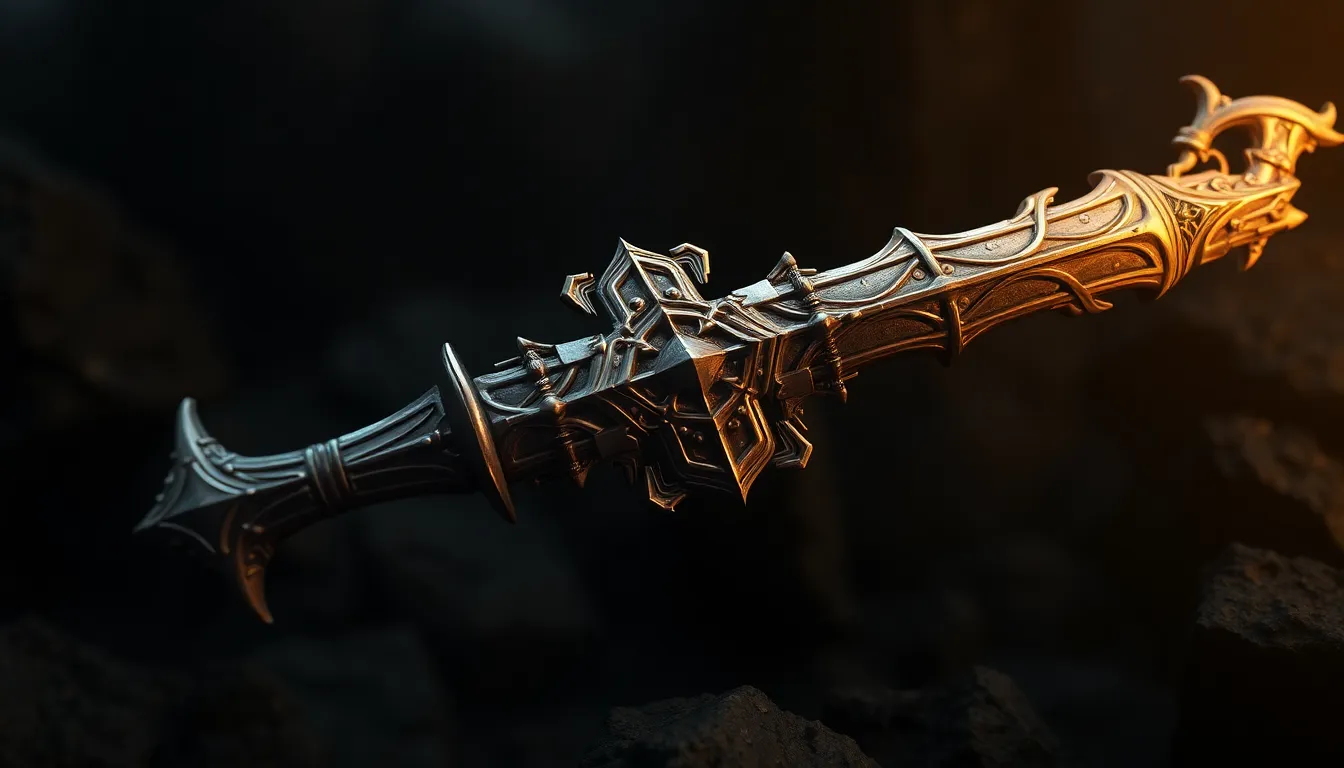The Trickster God Coyote in Native American Mythology
I. Introduction
In the rich tapestry of Native American mythology, the trickster god Coyote occupies a prominent position. As a complex and enigmatic figure, Coyote defies easy categorization, embodying both mischievous humor and profound wisdom. The Coyote's multifaceted character makes it a compelling subject of cultural study, providing insights into the beliefs and values of various Native American societies.
II. Origins and Characteristics of Coyote
Coyote's origins vary across different tribes, with some attributing its creation to the Great Spirit while others see it as an eternal being. Depicted as both male and female, Coyote is often portrayed as a sly and cunning creature, taking on human form to deceive and trick others. Its physical characteristics include a long, bushy tail and pointed ears, often depicted in petroglyphs and artwork.
III. Coyote's Ambiguous Nature
Coyote's nature is inherently ambivalent. At times, it serves as a benevolent cultural hero, bringing knowledge, fire, and other gifts to humanity. Yet, in other stories, Coyote's actions sow chaos and bring misfortune, reflecting its unpredictable and potentially disruptive nature. This duality symbolizes the inherent balance between order and chaos in the universe.
IV. Coyote as a Cultural Hero
In many Native American cultures, Coyote is revered as a cultural hero. As a teacher, it shares wisdom and knowledge with both humans and animals. Through its actions, Coyote often exposes weaknesses and encourages critical thinking, fostering growth and understanding. Its heroic exploits include bringing fire to the Earth and guiding the lost.
V. Coyote as a Bringer of Chaos
Despite its benevolent aspects, Coyote also embodies chaos and disruption. Its mischievous and reckless behavior can wreak havoc, causing misfortune and creating obstacles for others. In some stories, Coyote's actions are deliberately malicious, while in others, its clumsiness and impulsivity lead to unintended consequences.
VI. Coyote's Role in Creation Myths
Coyote is often featured in Native American creation myths, acting as both a creator and a disruptor. In some stories, it forms the Earth from a lump of mud, while in others, it steals the sun and moon from the sky. Coyote's actions during creation reflect its unpredictable nature, sometimes bringing order and sometimes introducing chaos.
VII. Coyote's Trickster Tales and their Meanings
Coyote's trickster tales form a significant part of Native American storytelling. These stories explore universal themes of human nature, such as greed, vanity, and the consequences of foolish actions. Through Coyote's antics, these tales teach valuable lessons about the importance of wisdom, humility, and respect for the natural world.
VIII. Coyote's Relationship with Other Animals
Coyote's interactions with other animals are often fraught with humor and trickery. Its cunning and agility allow it to outsmart wolves, bears, and other predators, while its insatiable curiosity often leads to comical misadventures. These encounters highlight Coyote's resourcefulness and ability to adapt to different situations.
IX. Coyote in Modern Native American Art and Literature
Coyote's enduring presence in Native American culture is reflected in contemporary art and literature. Native American artists use Coyote imagery to explore themes of identity, sovereignty, and cultural resilience. Literary works featuring Coyote characters convey traditional wisdom and humor, while also addressing contemporary issues and concerns.
X. Conclusion
The Trickster God Coyote is a fascinating and multifaceted figure in Native American mythology. Its ambivalent nature, embodying both cultural hero and bringer of chaos, represents the inherent balance between order and disorder in the universe. Through its trickster tales, Coyote teaches valuable life lessons and provides a lens through which to understand the complexities of human nature. Its continued presence in Native American art and literature ensures that Coyote's legacy will endure for generations to come.
Frequently Asked Questions:
Who is Coyote?
Coyote is the trickster god in Native American mythology, known for its cunning, humor, and unpredictable nature.What is Coyote's role in Native American culture?
Coyote serves both as a cultural hero and a bringer of chaos, reflecting the balance between order and disorder in the universe.What are Coyote's main characteristics?
Coyote is often depicted as a sly, cunning creature with a long, bushy tail and pointed ears. Its unpredictable nature and ability to deceive are key characteristics.
What are Coyote's trickster tales about?
Coyote's trickster tales explore universal themes of human nature, such as greed, vanity, and the consequences of foolish actions.How is Coyote depicted in modern Native American art and literature?
Native American artists and writers use Coyote imagery to explore themes of identity, sovereignty, and cultural resilience.



